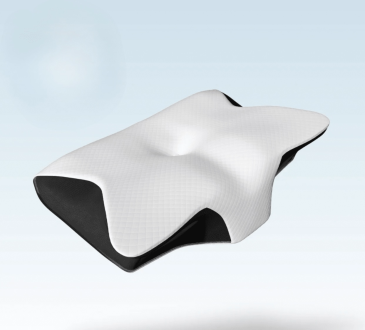
In Singapore, carpal tunnel syndrome is becoming more common, especially after hybrid work setups and increased screen time. Those small tingles and numbness are signs, and knowing therapy for carpal tunnel syndrome early can make all the difference. This article uncovers unexpected applications of modern-day treatment, weighs the benefits and drawbacks, and traces how therapy has evolved from past basics to future possibilities. We’ll guide you through understanding the condition in a Singapore context and why taking action now matters more than ever.
Therapy That Does More Than Relieve Pain
When you think of therapy for carpal tunnel syndrome, you probably picture wrist splints and maybe some nerve glides. But in Singapore, many clinics, especially those offering chiropractic-led therapy, treat the whole kinetic chain. They address neck, shoulder, and spinal alignment, which may indirectly ease wrist nerve compression.
Why is this surprising? Because median nerve problems often trace back upstream. If your posture while working from home has drifted into “desk hunch,” therapy can restore balance and reduce pressure on the nerve before it reaches your wrist. Some patients even notice improved sleep and posture, and reduced tension headaches. These are benefits far beyond their wrist pain.
Singaporean clinics also use ultrasound therapy, laser light, and shockwaves to assist in healing. Often applied in physiotherapy, these modalities are now becoming part of local therapy for carpal tunnel syndrome, offering quicker recovery than splints alone.
Weighing Your Options
Therapy offers clear advantages: it’s non-invasive, personalised, and may address root causes rather than symptoms. In Singapore, clinics providing nerve‑focused treatment often combine ergonomic advice, guided exercise, and manual therapy. This holistic approach can ease pain, restore function, and reduce the need for medication or injections.
Yet there are caveats. Therapy requires consistency. Weekly visits combined with daily exercises, would often last over several weeks. That means time, money, and effort. It’s not a quick fix. Also, not every patient responds. Those with worsening nerve damage might still need corticosteroid injections or surgery.
In Singapore, access to skilled therapists is growing, but so is the cost. Therapy sessions can range from S$80 to S$150 per visit, depending on the provider and techniques used. So, it’s worth asking: is therapy worth it before exploring stronger interventions?
How Treatment Has Evolved in Singapore
In the past, carpal tunnel syndrome treatment relied mostly on rest, wrist immobilisation, and surgery when symptoms worsened. For many years, that was accepted wisdom, even in Singapore.
But today’s approach is smarter. Treatment for carpal tunnel syndrome in Singapore now includes early intervention with ergonomic advice, posture correction, nerve mobilisation, and symptom‑specific modalities like laser or ultrasound. These highlight the effectiveness of addressing spinal and muscle tension upstream on nerve pathways.
Looking ahead, telehealth and AI may revolutionise early diagnosis. Imagine an app that detects postural red flags via webcam or a wearable that monitors wrist pressure and reminds you to stretch. Singapore’s tech-friendly environment is fertile ground for these and might make therapy more precise and accessible than ever.
Therapy Today for a Numb-Free Tomorrow
If you’re in Singapore and noticing carpal tunnel symptoms like tingling, pain, wrist aching or nighttime wake-ups, don’t wait. Early therapy can stop progression and, in some cases, prevent the need for invasive treatment. While it does require effort, its benefits extend beyond just your wrist, touching posture, neck alignment, and overall comfort. Therapy won’t reverse severe nerve damage overnight. But it offers a logical, evidence-based path rooted in addressing the cause rather than band-aiding symptoms. Most importantly, therapy puts you in control. With the right guidance and consistency, you could avoid surgery and sidestep chronic pain. Your hands are too valuable to gamble on discomfort.
So if your wrist is whispering or blasting, you deserve more than complacency. Explore therapy, embrace small lifestyle adjustments, and take steps towards lasting relief. Book a consultation with True Chiropractic today to learn more.





